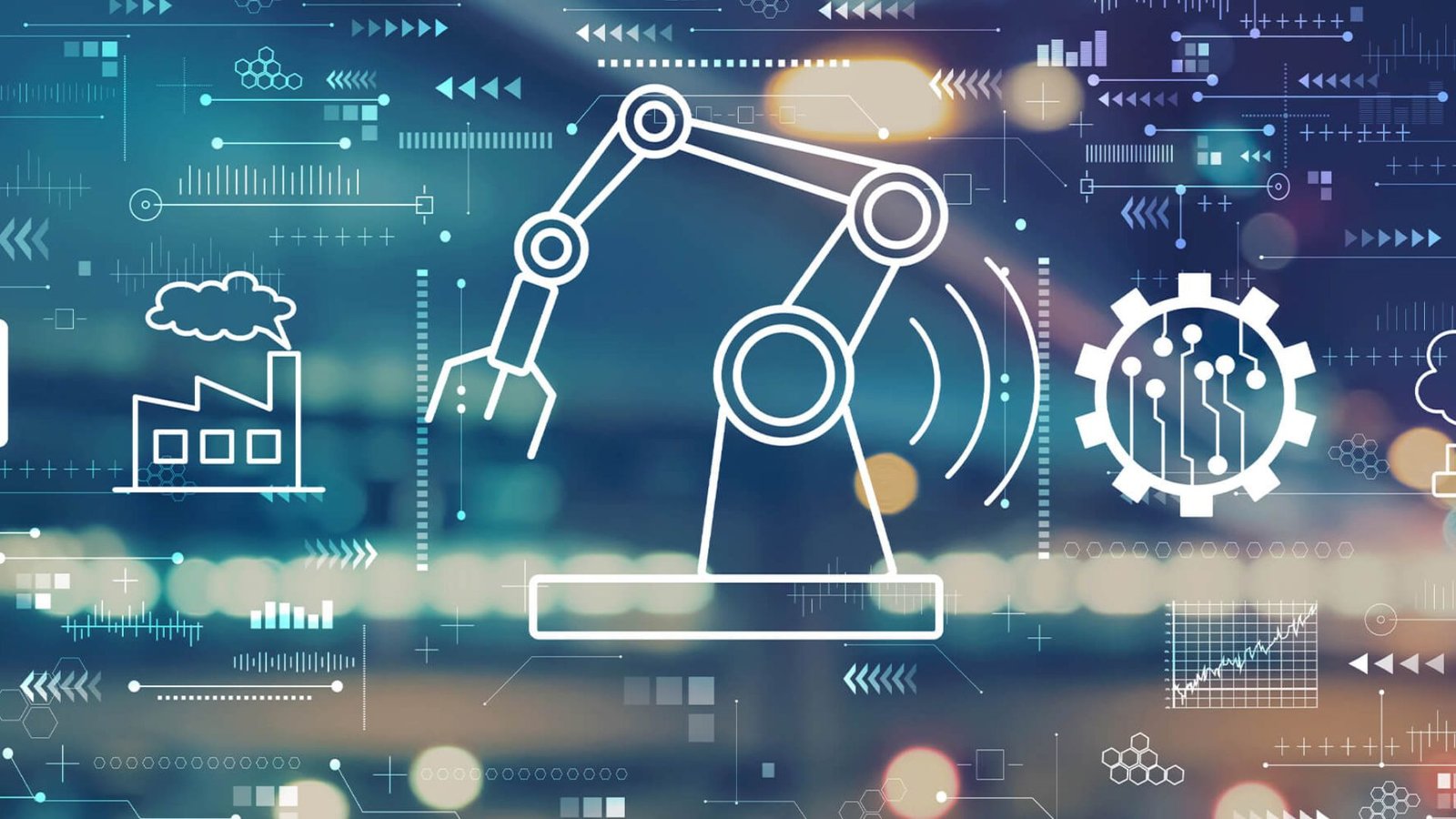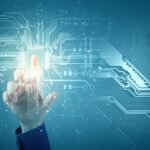Understanding the Internet of Things (IoT)
The Internet of Things (IoT) represents a transformative shift in how we interact with the world around us, integrating physical objects with digital networks to create a more connected and intelligent environment. By embedding sensors, software, and communication technologies into everyday items, IoT enables these objects to collect and exchange data, leading to enhanced automation, efficiency, and insights across various sectors. Here’s a comprehensive overview of IoT and its impact:
What is IoT?
- Definition: IoT refers to the network of interconnected devices and systems that communicate and exchange data over the internet. These devices, often equipped with sensors and actuators, collect data from their surroundings and relay it to other devices or central systems for processing and analysis.
- Components: Key components of IoT include sensors (for data collection), actuators (for actions based on data), connectivity (e.g., Wi-Fi, Bluetooth, cellular networks), and data processing systems (e.g., cloud computing, edge computing).

How IoT Works
- Data Collection: IoT devices gather data from their environment through sensors. This data can include information on temperature, humidity, location, motion, and more.
- Data Transmission: Collected data is transmitted via wireless or wired networks to other devices or cloud-based platforms.
- Data Processing: Once transmitted, the data is processed and analyzed to generate actionable insights or trigger automated responses.
- Actionable Outcomes: Based on the analysis, IoT systems can perform automated actions or provide insights to users, enhancing decision-making and operational efficiency.
Applications of IoT
- Smart Homes: IoT devices like smart thermostats, lighting systems, and security cameras enable homeowners to automate and remotely control various aspects of their living environment, improving comfort, security, and energy efficiency.
- Healthcare: IoT devices such as wearable fitness trackers and remote monitoring tools allow for continuous health monitoring, early detection of medical issues, and personalized treatment plans.
- Industrial IoT (IIoT): In manufacturing and industry, IoT enables predictive maintenance, real-time monitoring of machinery, and optimized supply chain management, leading to increased efficiency and reduced downtime.
- Smart Cities: IoT technologies contribute to the development of smart cities by optimizing traffic management, enhancing public safety, managing waste, and monitoring environmental conditions for improved urban living.
- Agriculture: IoT applications in agriculture include smart irrigation systems, soil moisture sensors, and livestock monitoring, helping farmers increase productivity and manage resources more effectively.
Benefits of IoT
- Increased Efficiency: IoT streamlines processes and automates tasks, leading to greater efficiency and productivity in various applications, from manufacturing to home management.
- Enhanced Data Insights: By collecting and analyzing real-time data, IoT provides valuable insights that help users make informed decisions and optimize operations.
- Improved Quality of Life: IoT enhances convenience, safety, and well-being through smart home technologies, health monitoring, and personalized services.
- Cost Savings: Automation and data-driven insights can lead to cost savings by reducing waste, optimizing resource use, and minimizing downtime.
Challenges and Considerations
- Security: The interconnected nature of IoT devices presents security challenges, including vulnerabilities to cyberattacks and data breaches. Ensuring robust security measures and protocols is essential.
- Privacy: The collection and transmission of personal data by IoT devices raise privacy concerns. It is important to implement measures that protect user data and ensure compliance with privacy regulations.
- Interoperability: The diverse range of IoT devices and standards can lead to compatibility issues. Developing standardized protocols and ensuring interoperability between devices is crucial for seamless integration.
- Scalability: As the number of IoT devices grows, managing and scaling IoT infrastructure becomes increasingly complex. Effective network management and data handling strategies are needed to address scalability challenges.
The Future of IoT
- Advancements in Technology: Ongoing advancements in AI, machine learning, and edge computing will further enhance the capabilities and applications of IoT, leading to more intelligent and responsive systems.
- Increased Adoption: IoT is expected to see broader adoption across various sectors, driven by the increasing availability of connected devices and the growing demand for smart solutions.
- Enhanced Integration: Future developments will likely focus on improving interoperability, security, and privacy, ensuring that IoT systems are more robust, reliable, and user-friendly.
Conclusion
The Internet of Things (IoT) is revolutionizing how we interact with the world, enabling a new era of connectivity and automation. By integrating sensors, data processing, and communication technologies into everyday objects, IoT enhances efficiency, provides valuable insights, and improves quality of life across diverse applications. As IoT technology continues to evolve, addressing challenges related to security, privacy, and interoperability will be crucial for realizing its full potential and driving future innovations.



